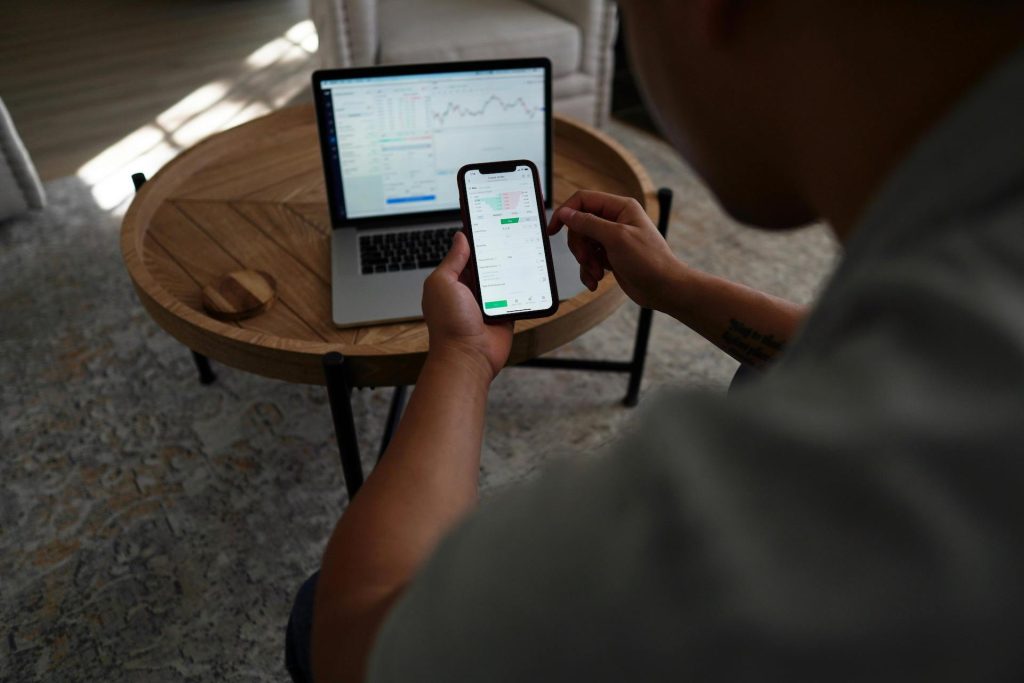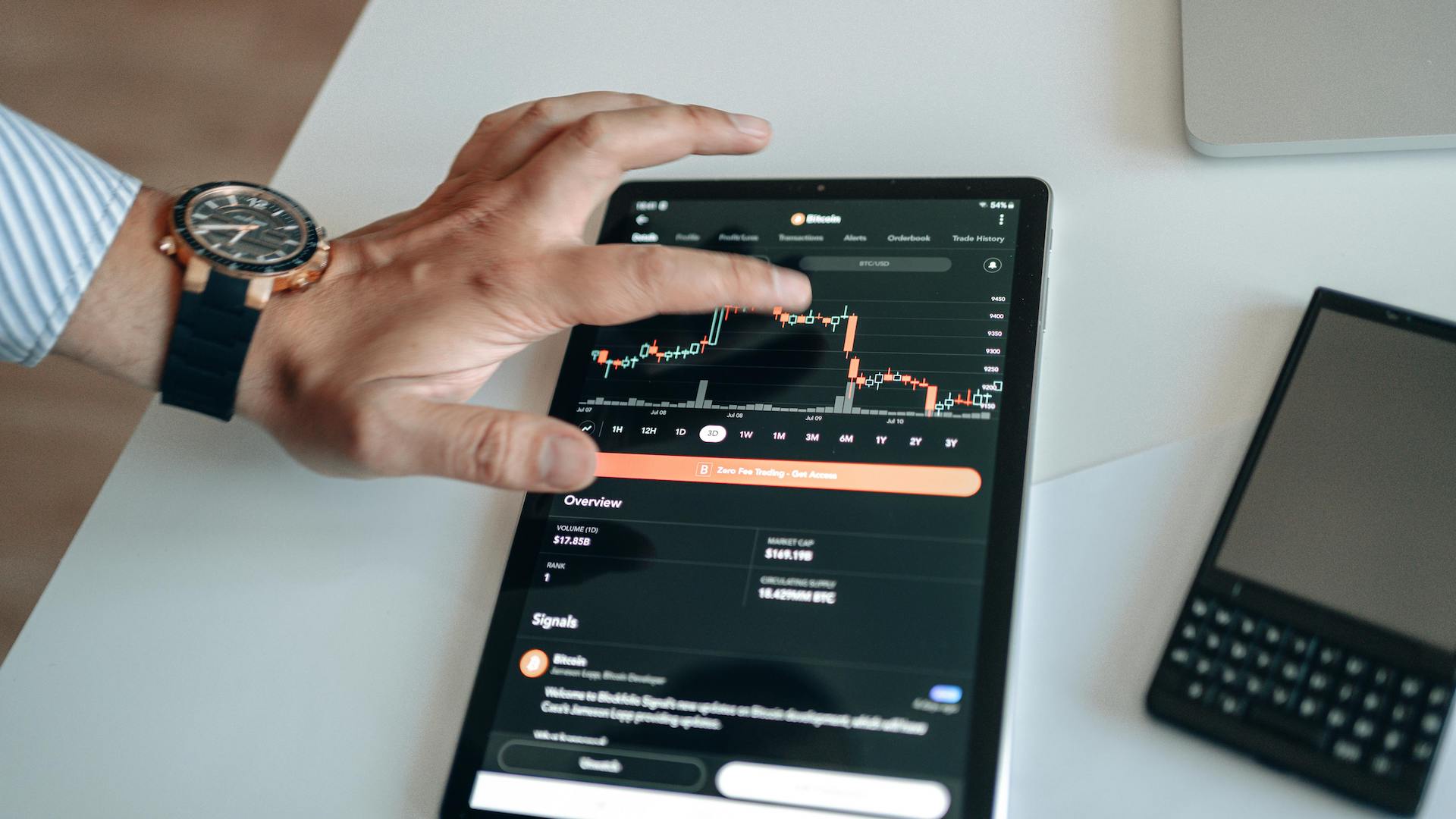Opening a live trading account is a big step for any trader. While the prospect of trading with real money can be exciting, it also comes with its share of risks and challenges. Before you take the plunge, it’s crucial to assess your readiness. This article will guide you through five key indicators that show whether you’re ready to start trading live.
1. You Can Make Profits Consistently
Consistency is key when it comes to trading. Many new traders believe that making profits means winning every trade, but this is far from the truth. Even the most successful traders experience losses. What matters more is your ability to maintain consistent gains over time.
- Focus on High-Probability Setups: Rather than aiming for constant wins, work on recognising high-probability setups with good reward-to-risk ratios. This approach helps you minimise losses while maximising your gains.
- Track Your Demo Account’s Performance: Before opening a live account, use your demo account to monitor your profitability over time. Monthly evaluations can help you determine whether you’re on the right track and identify areas that need improvement.
- Understand Market Dynamics: Accept that losses are part of the trading process. Instead of being discouraged by occasional losses, see them as opportunities to refine your strategies and learn from mistakes.

2. You Have Clear-Cut Risk Management Rules
Risk management is one of the pillars of successful trading. It ensures you preserve your capital even when the market doesn’t favour you.
- Understand the Role of Risk Management: While identifying profitable setups is crucial, proper risk management is equally important. It’s often said that it accounts for half of a trader’s success.
- Create a Risk Management Strategy: Before going live, establish rules for how much you’re willing to risk per trade, your maximum allowable drawdown, and when to stop trading after consecutive losses.
- Log Your Risk Parameters: In your trading log, document your percentage risk, maximum drawdown, and stop-trade points. This will help you stick to your plan and maintain discipline, especially during volatile market conditions.
3. You Don’t Lose Your Cool When Your Trade is Losing
Emotions can greatly impact trading decisions. A trader’s ability to remain calm under pressure often distinguishes a seasoned trader from a beginner.
- Manage Fear and Anxiety: Feeling anxious when a trade isn’t going your way is natural. However, letting these emotions dictate your actions can lead to impulsive decisions.
- Stick to Your Trading Plan: A well-thought-out trading plan lets you stay focused, even during a losing streak. The plan should include guidelines on holding or closing a trade based on technical or fundamental shifts.
- Evaluate and Adjust: Analyze what has changed since you entered the trade. A clear plan helps you assess the situation and decide whether to hold on or cut your losses based on data rather than emotion.

4. You Don’t Take Your Losses Too Hard
Accepting losses gracefully is a skill that every trader must develop. How you react to a losing trade can significantly impact your trading performance in the long run.
- Analyse Losses Objectively: Instead of dwelling on losses, analyse what went wrong. Look into the technical and fundamental aspects that influenced your trade.
- Practice Makes Perfect: Developing a calm attitude toward losses takes time and experience. Consistent training in a demo account helps you build this resilience before trading with real money.
- Maintain a Positive Mindset: Successful traders view losses as part of the learning curve. Keeping a positive outlook can keep your emotions in check and motivate you to improve.
5. You Are Completely Comfortable with Your Broker and Trading Platform
Before moving to a live account, you must have confidence in your broker and a thorough understanding of your trading platform. You don’t want to be caught off guard when executing trades with real money.
- Know Your Trading Platform Inside Out: Be familiar with how to place and exit trades, set stop-loss and take-profit orders, and navigate other key features of the platform.
- Understand Slippage and Pip Spreads: Learn about slippage and the average pip spreads offered by your broker. This knowledge allows you to make more accurate adjustments to your orders.
- Test the Broker with a Demo Account: Before committing to a live account, use the broker’s demo account to understand how their platform functions under different market conditions. This experience will give you confidence when trading with real funds.
- Assess Customer Support: If you have any issues, it’s important to know that you can easily reach out to your broker’s support team. After all, you are entrusting them with your hard-earned money.
Opening a live trading account requires more than just financial investment; it demands emotional discipline, a solid trading plan, and a deep understanding of risk management.
Before leaping, ensure that you can consistently make profits, manage risks effectively, remain calm during losses, and have a solid grasp of your trading platform. By evaluating your readiness with these criteria, you’ll be better prepared to navigate the challenges of live trading and achieve long-term success.
Remember, patience and persistence are vital. If you take the time to prepare yourself properly, you’ll set yourself up for a more confident and booming start in your live trading success journey. Happy trading!





